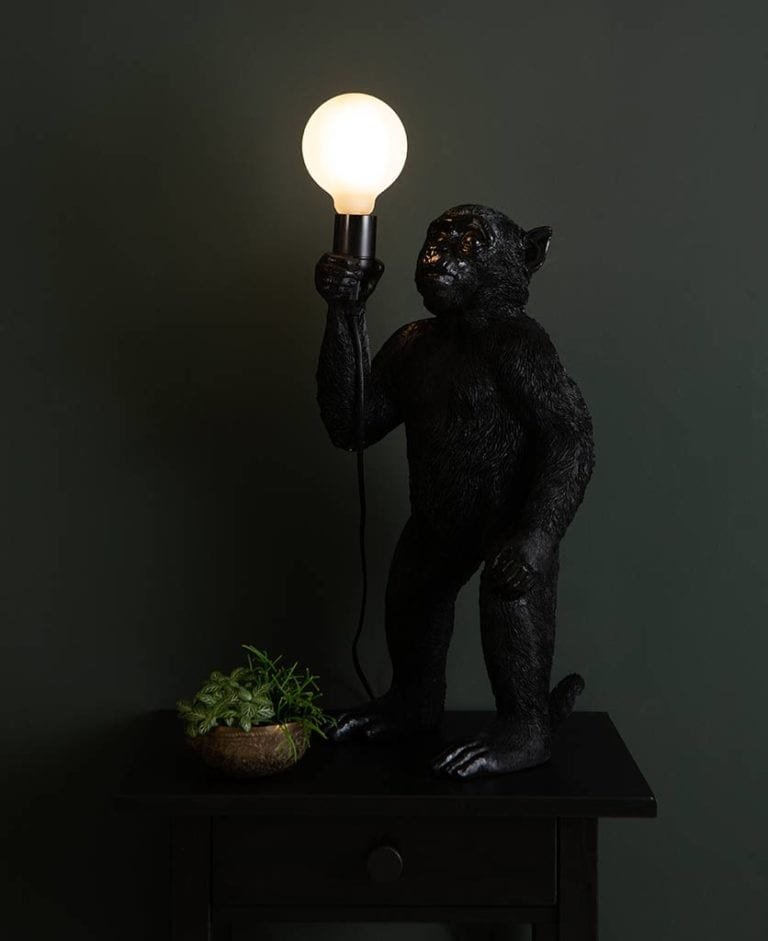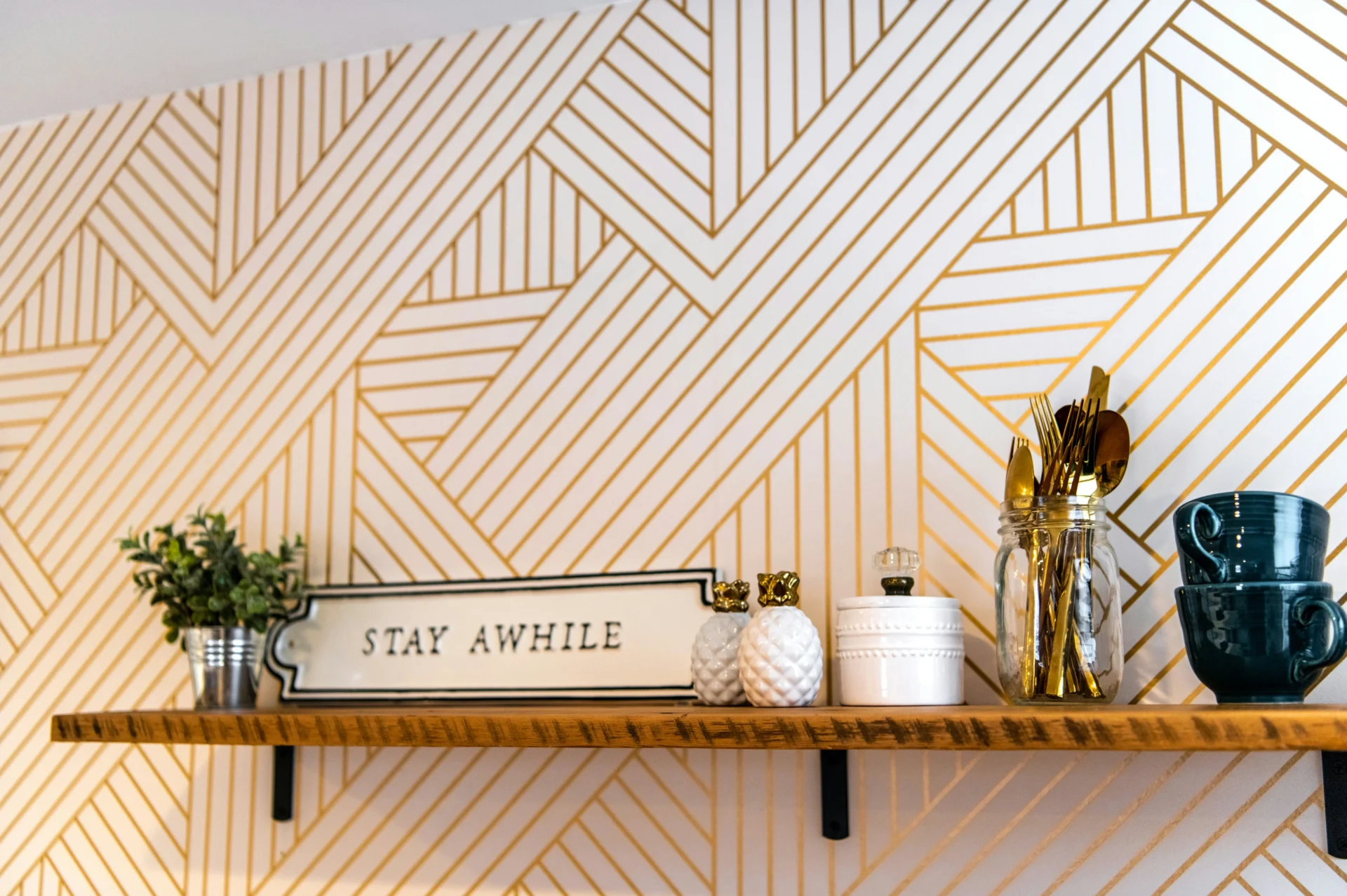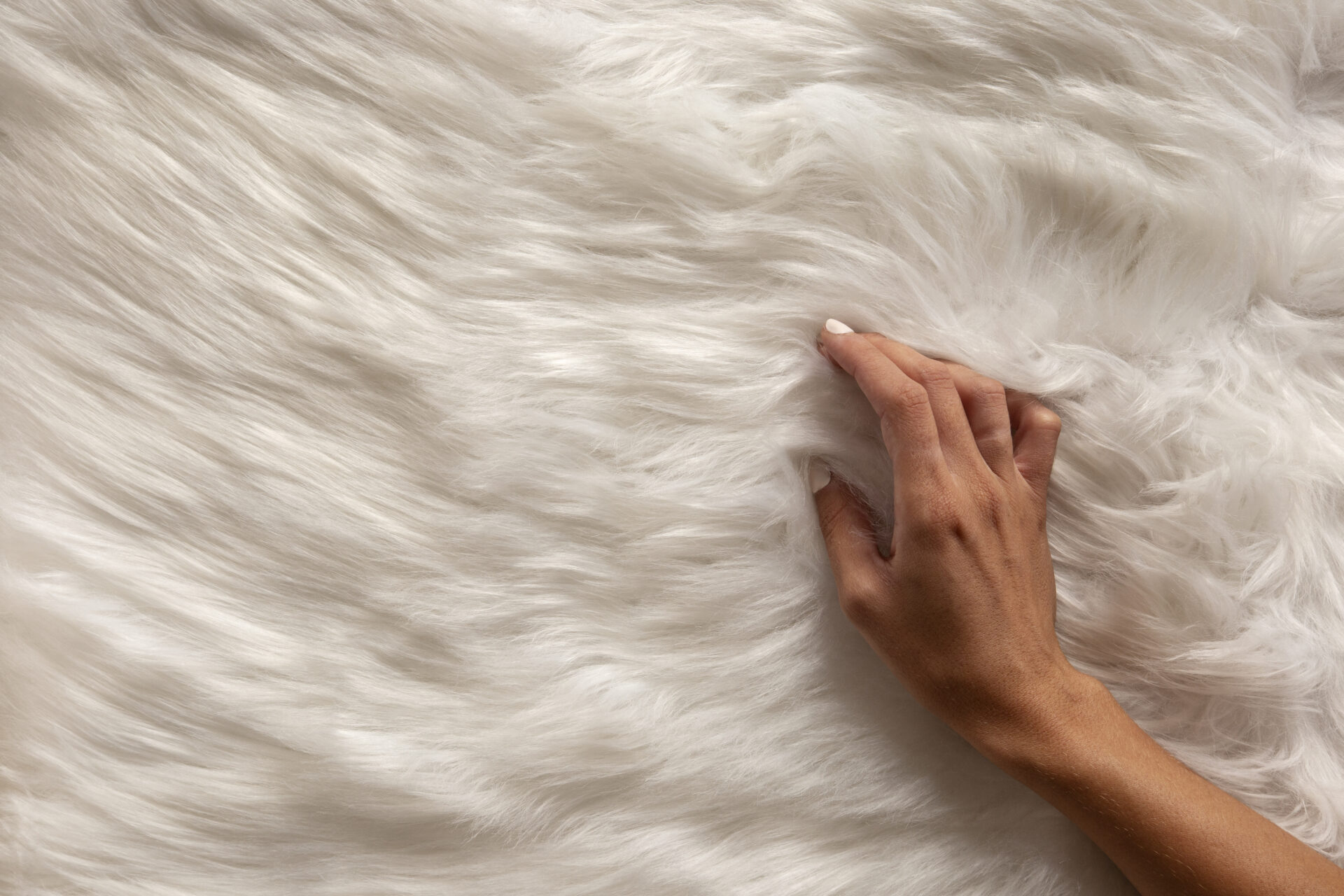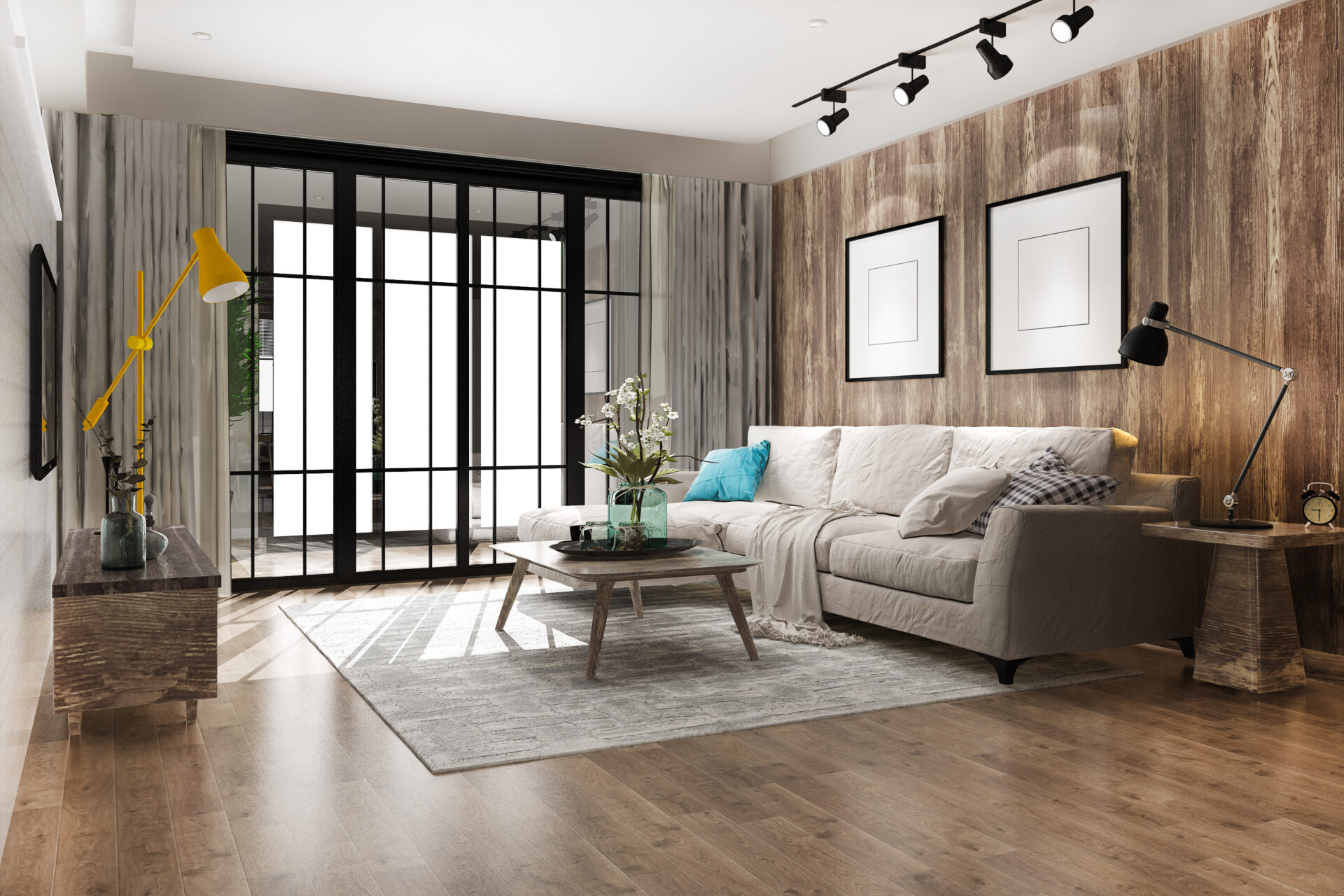
Five Simple Design Hacks: How to Illuminate Your Home
Contact UsLighting comes last – or so many of our clients used to believe. A common mistake amongst individuals looking to redecorate or renovate their homes is to approach lighting as an afterthought. In fact, lighting can make or break your design – it has the power to make a six-figure renovation look underwhelming or a budget DIY job look spectacular. A detailed lighting plan is a fundamental part of any design project we undertake. Here are five design hacks you should think about when making your own lighting plan.
1. Layer Your Lighting
Opting for multiple light sources can give depth to any space and make smaller rooms look bigger. In addition to your ceiling lights, try to add floor and table lamps, or LEDs to light up bookshelves. Avoid having any dark corners in the room and it will instantly feel larger and more welcoming.
Veronoi iii – Tala Lighting
2. Make Lights Useful
It’s always good to think about what purpose a light serves in any space. General ambience lighting is the main source of light for any room and can include recessed lighting, chandeliers, floor lamps or other ceiling fixtures. Task lighting includes lights designed for specific activities, such as reading lamps or under cabinet lights for kitchen counters. Accent lights help highlight architectural elements, prominent features or artefacts, such as paintings. Ensuring your light serves a purpose enhances the deliberate design intent behind your choices, making your space appear to be well thought through.
3. Consider Temperature and Colour
Light temperature is a critical factor that can define not just the mood of the space but also the colours. A sofa or painting can appear very different under cold white lights vs. warm yellow lights. When choosing the right light for your space, you need to consider two factors – Kelvin for temperature and Colour Rendering Index (CRI) for true colour representation. Anything between 5000-6000K is equivalent to daylight, 3000-4000K is warm white, 2700 – 3000 is considered soft white and 1800K is candlelight. CRI on the other hand is a rating for how light makes an object look compared to natural daylight. A light with a CRI rating of 100 will make colours appear exactly as they would in natural light. CRI of 85-90 is considered good for interiors, with 90+ appropriate for lighting used for detail-oriented tasks.
4. Steal the Spotlight
Spotlights are a great way to highlight noteworthy features in your space. Use spotlights to illuminate paintings and special artefacts or draw people towards a space (like your dining room).
Exhaust Spot – Buster and Punch
5. Make a Statement
Finally, lighting isn’t just to give off light. Statement lighting pieces can serve as an important design element in your space and are a great way to reflect your personality and reinforce your design intent.
Sky Giraffe Lamp with Black Shade – Dowsing and Reynolds
Bonus. Light brightness
Brightness is measured in Lux and Lumens, the main difference being how the light is measured:
Lux = how much light falls on a surface
Lumens = how much light is emitted
For this we are going to look at Lux;
The more cosy and calm the room the lower the lux levels need to be
-
Living room – 30lx
-
Bedroom – 60lx
-
Kitchen general – 100lx
-
Kitchen prep area – 500lx
-
Dining – 100lx
-
Bathrooms – 300lx
-
Hallways – 30lx
-
Garage – 200lx
-
Garage workbench – 1000lx
Now let’s quickly combine that with point number 3 – colour temperature.
As a general rule of thumb to make sure you achieve the right light level follow these 4 simple categories;
-
Closer task lighting (working, reading, applying makeup) – 5000 – 6000k & 500 Lux
-
Office, kitchen Task lighting (energetic and less cosy feel) – 4000 – 5000k & 300 Lux
-
Kitchens, bathrooms Hallways and Larger rooms (slightly yellowish light, warmer and a little cosier )– 3000 – 4000k & 100 & 300 Lux
-
Living rooms, dens, bedrooms (cosy and intimate) 2700k – 3000k & 60 Lux
Aim Pendant – Flos
Lighting is crucial to your space, this is why there are so many ways to measure it, every element comes into play when you want to create a beautiful lighting design. This is one of the great things about hiring an interior designer. We consider this from the very moment we put pen to paper. So if you’re looking to create a beautiful home get in touch to see how we can help.




